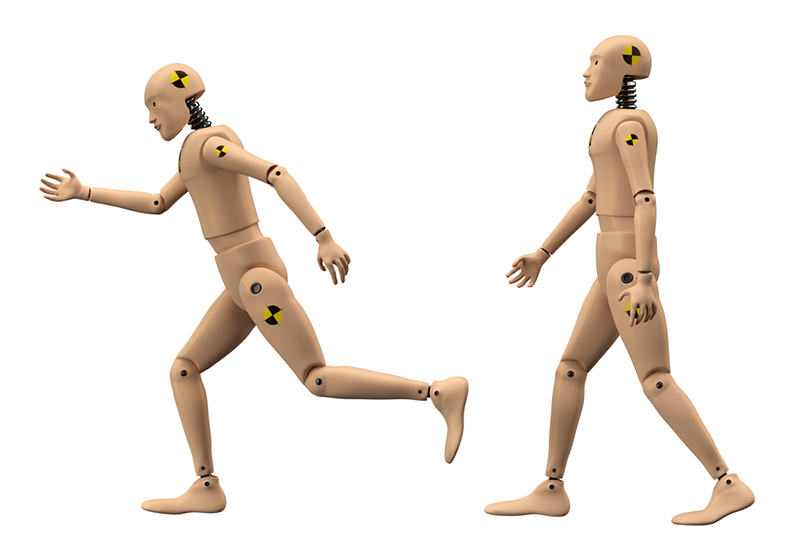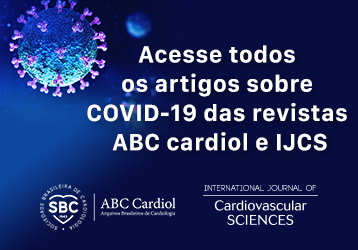Volume 32, Nº 2, Março e Abril 2019
DOI: http://www.dx.doi.org/10.5935/2359-4802.20180088
ARTIGO ORIGINAL
Determinants of the Distance Covered During a Six-Minute Walk Test in Patients with Chronic Heart Failure
Elizabeth Rodrigues de Morais
Salvador Rassi

Abstract
Background: The evaluation of the functional capacity of patients with chronic heart failure (HF) by means of the distance covered in the six-minute walk test (6MWT) has assumed great importance, since the 6MWD is a predictor of mortality and hospitalization in this population, however the determinants of better distance traveled in patients with HF are little explored, especially in the Brazilian population.
Objective: To evaluate the determinants of 6MWD in patients with chronic HF.
Methods: A cross-sectional study was performed with 81 HF patients in outpatient treatment. 6MWD was used as the outcome variable and sociodemographic, clinical, physical-functional and emotional data were submitted to multiple regression analysis using the stepwise method with a significance level of 5%.
Results: Mean age of participants was 56.71 years; the 6MWD showed a bivariate correlation with age (r = -0.27, p = 0.01), maximal inspiratory pressure (r = 0.42, p < 0.01), maximal expiratory pressure (r = 0.36, p < 0.01), handgrip strength (r = 0.38, p < 0.01), Borg scale (-0.22, p = 0.04), Charlson index (r = -0.25, p = 0.02) and modified Medical Research Council (mMRC) dyspnea scale (r = -0.42, p < 0.01). In the multivariate analysis, the variables gender (p = 0.001), age (0.004), forced vital capacity (FVC) (p = 0.016) and mMRC (p = 0.001) simultaneously explained 37% of variance in the 6MWD.
Conclusion: Higher levels of dyspnea on daily life activities, female sex, older age and lower forced vital capacity are determinants of a shorter 6MWD in patients with chronic HF. (Int J Cardiovasc Sci. 2019;32(2)134-142)
Keywords: Heart Failure/physiopathology; Heart Failure/diagnosis; Walk Test/methods; Health Status Indicators; Reference Standards.











